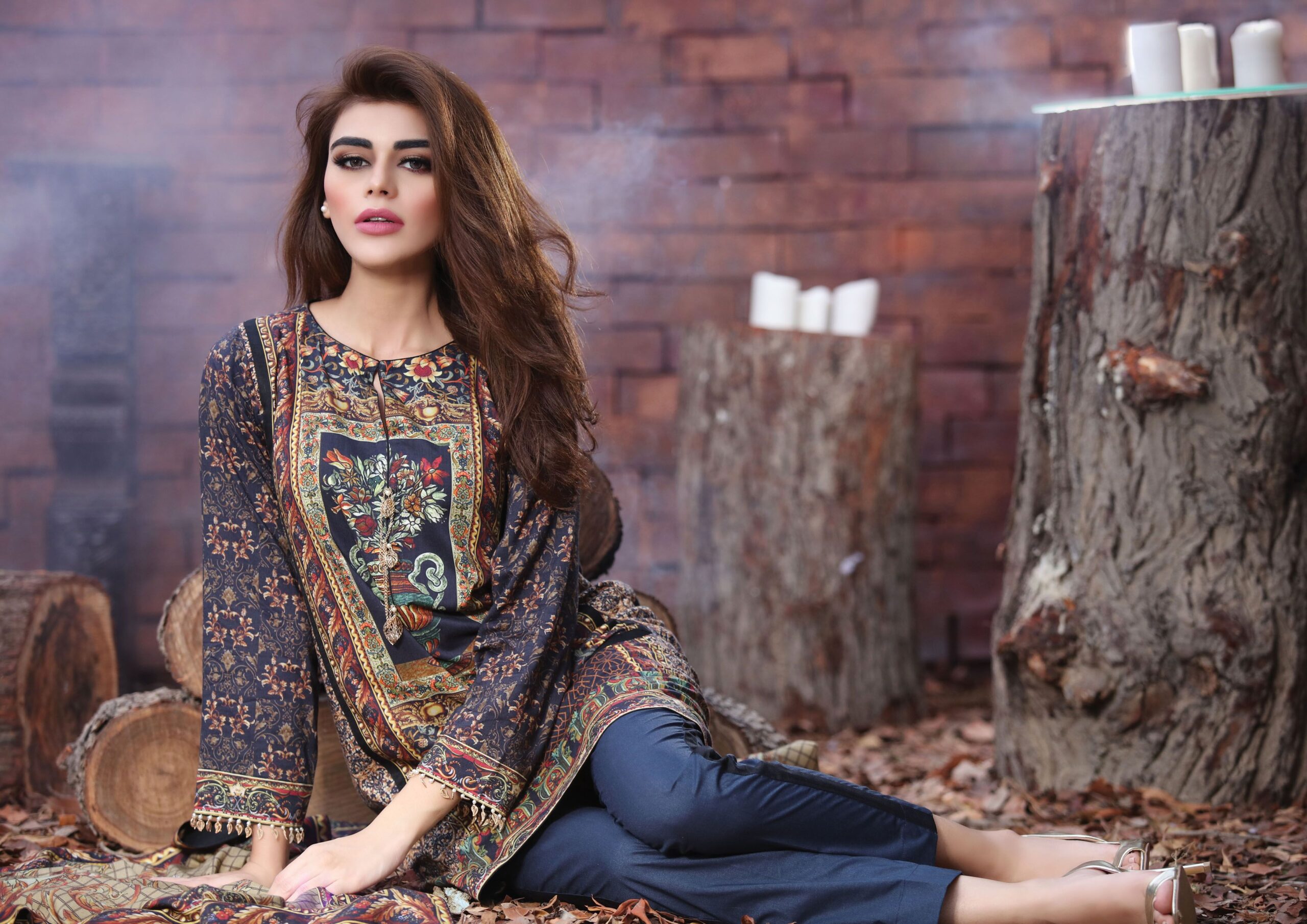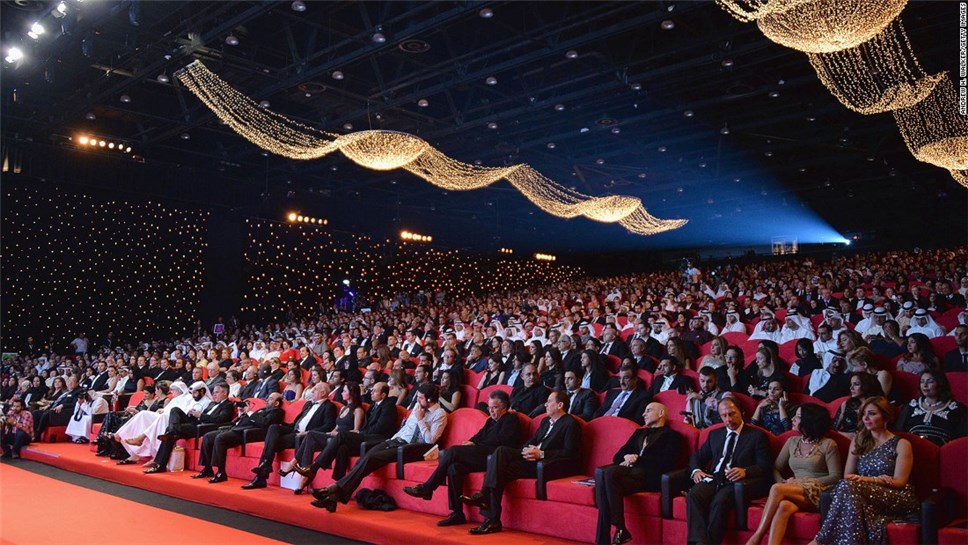
In 2025, fashion isn’t just about high-end runways anymore—it’s about expression, identity, and culture. As global audiences become more curious about diverse aesthetics, one country is making headlines for redefining the streetwear game: Pakistan. From traditional Pakistan culture clothes to edgy fusion looks seen on the streets of New York, London, and Tokyo, Pakistani fashion has become a force that’s reshaping global street style like never before.
This article explores how Pakistan culture, especially its vibrant fashion and food, is captivating international audiences—and why the world is finally taking notice.
1. The Global Spotlight Turns East
Over the last few years, the international fashion industry has expanded its lens to include non-Western cultures. With fashion weeks popping up across Asia and Africa, Pakistan’s fashion industry has carved out a unique space.
Designers are blending traditional embroidery, handwoven fabrics, and centuries-old techniques with urban silhouettes and contemporary cuts. This merging of the past and present has birthed a style revolution, seen on everything from fashion runways to streetwear on city rickshaws in Lahore and beyond.
2. Pakistan’s Style Identity: Rooted in Culture
One of the reasons Pakistani fashion is making waves globally is its deep cultural identity. From the intricate gotta work on bridal dresses to the vibrant colors of truck art-inspired jackets, the fashion speaks volumes about the country’s rich history and expressive creativity.
What sets this style apart is its authenticity. It doesn’t mimic the West—it celebrates Pakistan culture with pride. That pride is becoming contagious around the world.
3. From Runways to Streets: Where Tradition Meets Rebellion
Pakistani fashion designers in 2025 are not just creating clothes—they’re creating conversations.
Collections launched this year at Paris Fashion Week and Milan included:
- Ajrak print bomber jackets
- Hand-embroidered denim with phulkari detailing
- Sustainable shalwars repurposed from vintage cloth
These pieces, originally seen in traditional attire, have become fashion statements on global streets, merging heritage with rebellion—a look Gen Z and millennials can’t get enough of.
4. Streetwear with a Story: Why Gen Z Loves It
The global youth, especially Gen Z, isn’t just buying clothes—they’re buying stories, ethics, and identity.
Pakistani fashion fits that narrative perfectly. It’s sustainable, culturally rooted, and proudly non-conforming. It reflects real stories from the streets of Karachi, the craft villages of Multan, and the textile factories of Faisalabad.
Instead of mass production, there’s craft. Instead of trends, there’s timeless heritage. That’s what global consumers crave in 2025.
5. The Role of Social Media: Pakistan Goes Viral
TikTok, Instagram, and Pinterest have become cultural highways, bringing Pakistan culture pictures, fashion reels, and food vlogs to global audiences.
Influencers like @LahoreThreads, @KarachiCouture, and @PakStreetStyle have:
- Showcased traditional mehndi prints on oversized hoodies
- Captured real-time fashion scenes from rickshaw rides to roadside chai dhabas
- Combined Pakistani food aesthetics with fashion imagery for an immersive experience
What started as niche content is now being replicated by fashionistas in Paris, Seoul, and Toronto.
6. Food Meets Fashion: The Aesthetic of Pakistani Cuisine
Here’s something unique: Pakistani food is now a fashion aesthetic.
Think shirts inspired by biryani packaging, scarves printed with naan textures, and accessories shaped like jalebi spirals.
Restaurants and cafés globally, searching “Pakistani food near me,” are also incorporating cultural fashion into their branding. Waitstaff dressed in chic Pakistani culture clothes, walls adorned with Pakistan culture pictures, and menus featuring both Pakistani food and fashion illustrations—it’s a full cultural immersion.
7. Designers Leading the Movement
Let’s spotlight a few visionary Pakistani designers fueling this movement:
- Maheen Alam – Famous for reviving the dying art of mirror embroidery and making it hip again.
- Zayn Khan – Streetwear designer fusing truck art with digital fashion for the metaverse.
- Areeba Shahbaz – A global name now, known for turning old dupattas into urban trench coats.
These creators are reshaping how the world sees Pakistan culture—not just as traditional, but as trailblazing, bold, and unapologetic.
8. Beyond Fashion: Cultural Diplomacy Through Style
In a world often divided, fashion becomes a bridge. Pakistani fashion in 2025 is doing more than making people look good—it’s opening cultural dialogues.
Pakistani embassies now host fashion exhibitions alongside art and food festivals. Cultural exchange programs are sending young designers abroad and inviting foreign designers to Pakistan.
Even school curriculums in some Western fashion institutions now include modules on Pakistani textiles and craftsmanship.
9. The Local Influence: Rickshaws, Bazaars & Bustling Cities
While global trends evolve, inspiration still comes from the streets of Pakistan.
Rickshaws decorated with vibrant poetry. Fabric shops in Anarkali Bazaar. Street vendors dressed in traditional lungis with a pair of Nike sneakers.
These aren’t just sights—they’re living mood boards. This raw, unfiltered Pakistan culture is what global fashion houses now chase.
10. Fashion for All: Inclusivity in Pakistani Design
Another reason behind Pakistan’s rising fashion influence is accessibility and inclusivity.
Designers are creating lines for all body types, genders, and ages. There’s a movement to revive lost rural crafts, empowering artisans from small towns.
Fashion isn’t limited to elites anymore. It belongs to the people—the rickshaw driver, the chaiwala, the Instagram influencer, the student, and the artisan.
11. Pakistani Culture Clothes in Everyday Global Wear
It’s not uncommon to see someone in London wearing a kurta with denim, or a New Yorker accessorizing a suit with a pakol cap. Pakistani culture has subtly woven itself into mainstream everyday wear.
The blend is seamless. It’s not appropriation—it’s appreciation. And it’s making the world not just more fashionable, but also more connected.
12. What’s Next for Pakistani Fashion?
The future is limitless.
Expect:
- Tech-integrated fabrics with cultural motifs
- Eco-friendly lines rooted in Pakistan’s textile heritage
- AI-driven design collaborations with local weavers
The fusion of ancient wisdom and modern innovation will define the next era of fashion. And Pakistan? It’s right at the center of it.
Conclusion: A Cultural Movement in Motion
From runways in Milan to rickshaws in Lahore, Pakistani fashion in 2025 isn’t just a style—it’s a statement.Storytelling is stitched into every thread, reflecting heritage and artistry. Each piece becomes an identity worn with pride. Together, they celebrate Pakistani culture, Pakistani food, Pakistani culture clothes, and Pakistani culture pictures—brought vividly to life through design, color, and creativity. The world isn’t just watching anymore. It’s wearing Pakistan.
Discover the Pulse of Pakistani Culture – Only on Globally Updates
👉 Click here to follow GloballyUpdates and stay informed on Pakistan’s latest fashion, food, culture, and international recognition.

